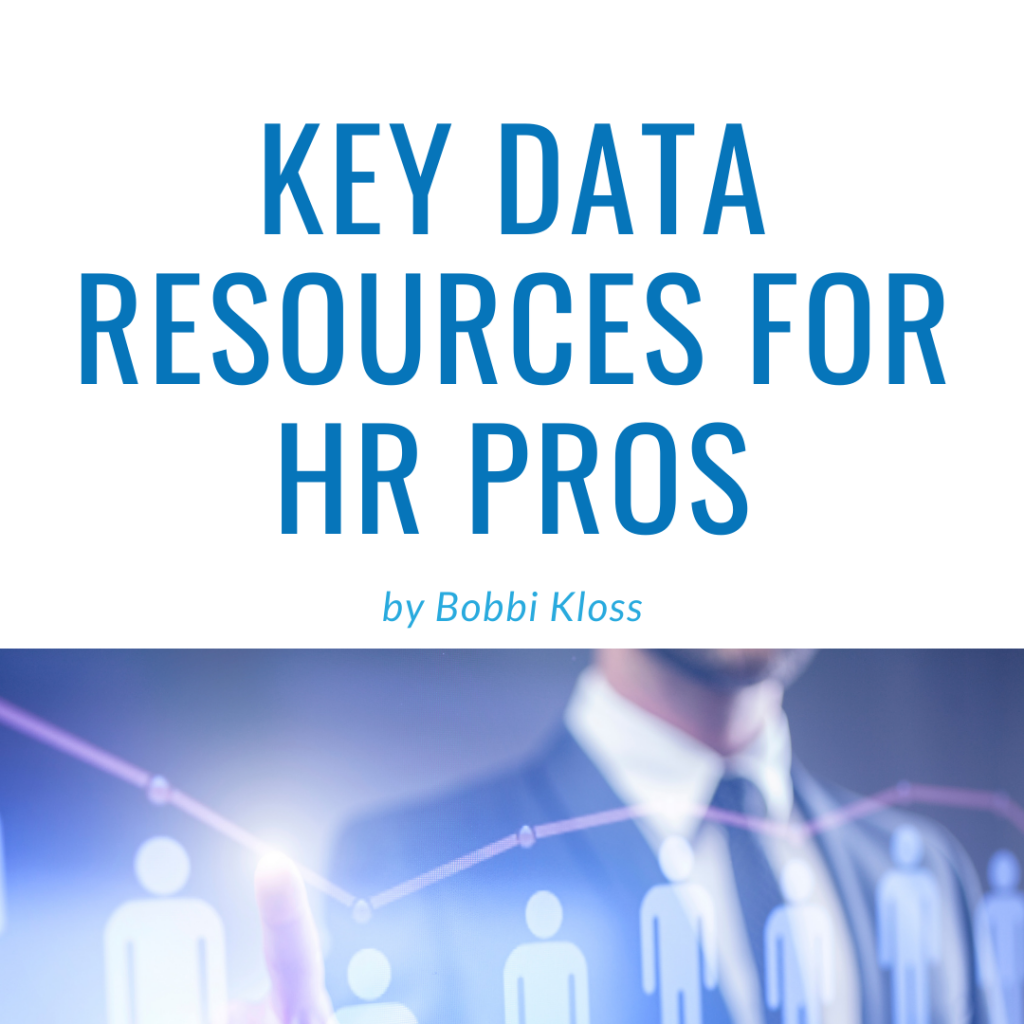Across the Human Resource profession, it is easy to identify two approaches: one applies to performing the tasks at hand and the other is strategic. To most, task-related means performing basic HR functions – the immediate tasks at hand. A strategic focus, alternatively, is when an individual adds value beyond the day-to-day to provide long-term growth for the organization.
As an example, hiring for a replacement position. The task-focused HR professional posts the job, sorts through resumes, conducts phone, and in-person interviews, and hires the most qualified candidate.
Rinse and repeat when the next position needs to be replaced.
When strategically focused, the HR professional looks beyond the task-related aspects of replacing the position and will use data to establish industry comparisons associated with job skills, total rewards, and cultural fit. They will gather and analyze data to develop a solutions-based result to reduce turnover and increase employee engagement and productivity.
When comparing industry and census data with business needs and requirements, one should assess and determine the following (not an exhaustive list):
• Review turnover across company departments;
• Obtain industry-standard turnover ratios;
• Acquire geographic unemployment rates;
• Evaluate industry culture and compare total rewards offerings.
For strategic-minded HR professionals, being able to source and analyze data is very valuable to the ability to attract and retain quality employees. Data helps determine and predict trends, benchmark ourselves within our industry, across geographic lines, and implement best practices for company size and revenue.
Being strategic-minded raises the relevancy of human resources within a business. It enables HR professionals to align the company mission, vision, and goals with its human capital and be instrumental and influential in leading an organization to achieve a healthier business, culture, and people.
While there is a multitude of resources available where national, state, and local workforce data can be obtained, this article provides a brief list and summary (below) of paid and/or free websites where workforce data can be found, including census, industry, demographics, compensation, benefits, gender, ethnicity, promotions data and job titles including the entertainment industry. A suggestion is also to see what association resources are available for specific industries.
The Department of Labor’s Bureau of Labor Statistics produces some of the nation’s economic information.
The Employment Situation News Release presents data from current employment statistics and current population survey programs.
Job Openings and Labor Turnover Survey (JOLTS) program produces data on job openings, hires, and separations. Each state also has its own specific labor statistics available through the State Department of Labor Regional labor market reports such as the Center for Competitive Workforce in the L.A. area.
• DATAUSA offers the most comprehensive visualization of U.S. public data.
• Statista provides insights and facts across 1,709 industries and over 150 countries.
• International Labour Organization provides national information and data on labor laws, standards, policies, and statistics. Country profiles provide also relevant information on ILO projects and programs, publications, and good practices.
Recruiting agencies are also a source of compensation benchmarking.
Additional resources include companies such as:
• Willis Towers Watson
• Payfactors
• Report Linker – with access to data in all market sizes in any sector
• IBISWorld – insights and analysis on global industries
Don’t forget the Society for Human Resource Management (SHRM) with membership there is access to both member included and customized benchmarking reports including health and welfare, paid time off, and human capital management.
Whether an HR professional’s budget includes fees for data or not, there is a wealth of information that is readily available. Identifying objectives will guide the appropriate research path. Additionally, reaching out to a trusted benefits advisor should be a starting place for obtaining data. As a true business advisor, they should have access to benchmarking data, and statistical human capital reports for individual industries.
____________________________________________
Bobbi Kloss is the Director of Human Capital Management Services for Benefit Advisors Network – an exclusive, national network of independent employee benefits brokerage and consulting companies. For more information, please visit: www.benefitadvisorsnetwork.com or email the author at bkloss@benefitadvisorsnetwork.com.
